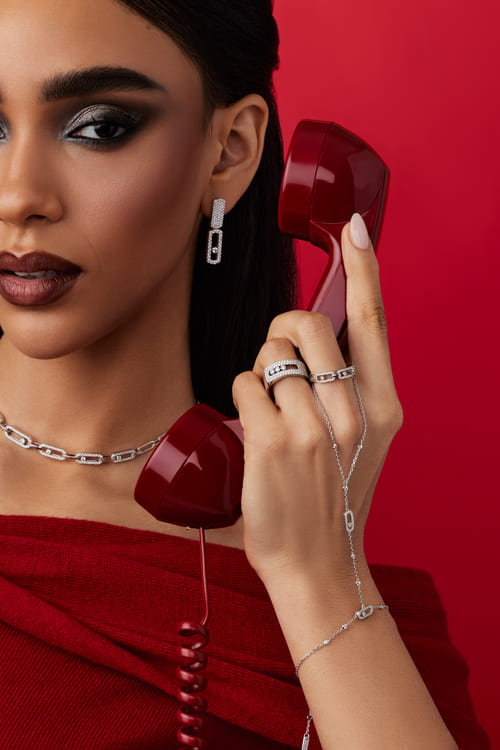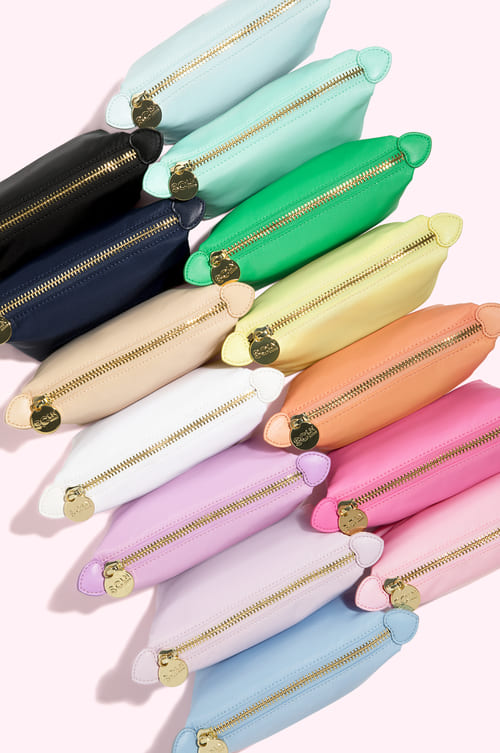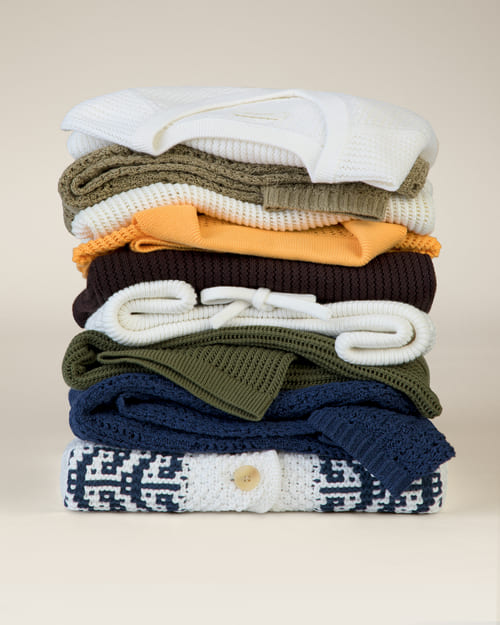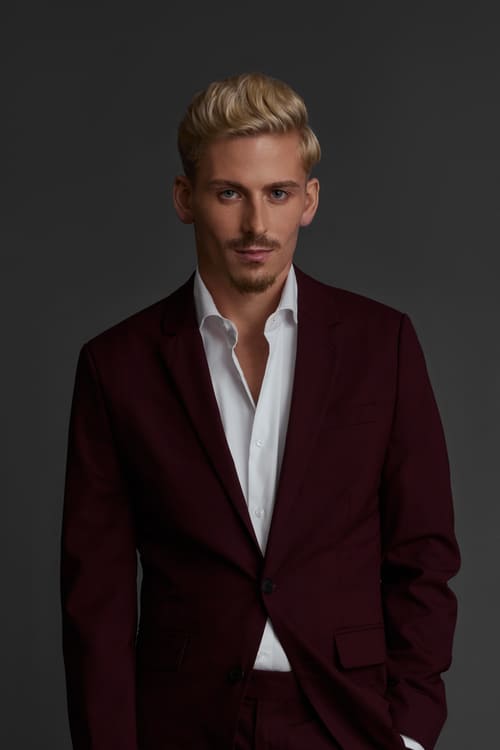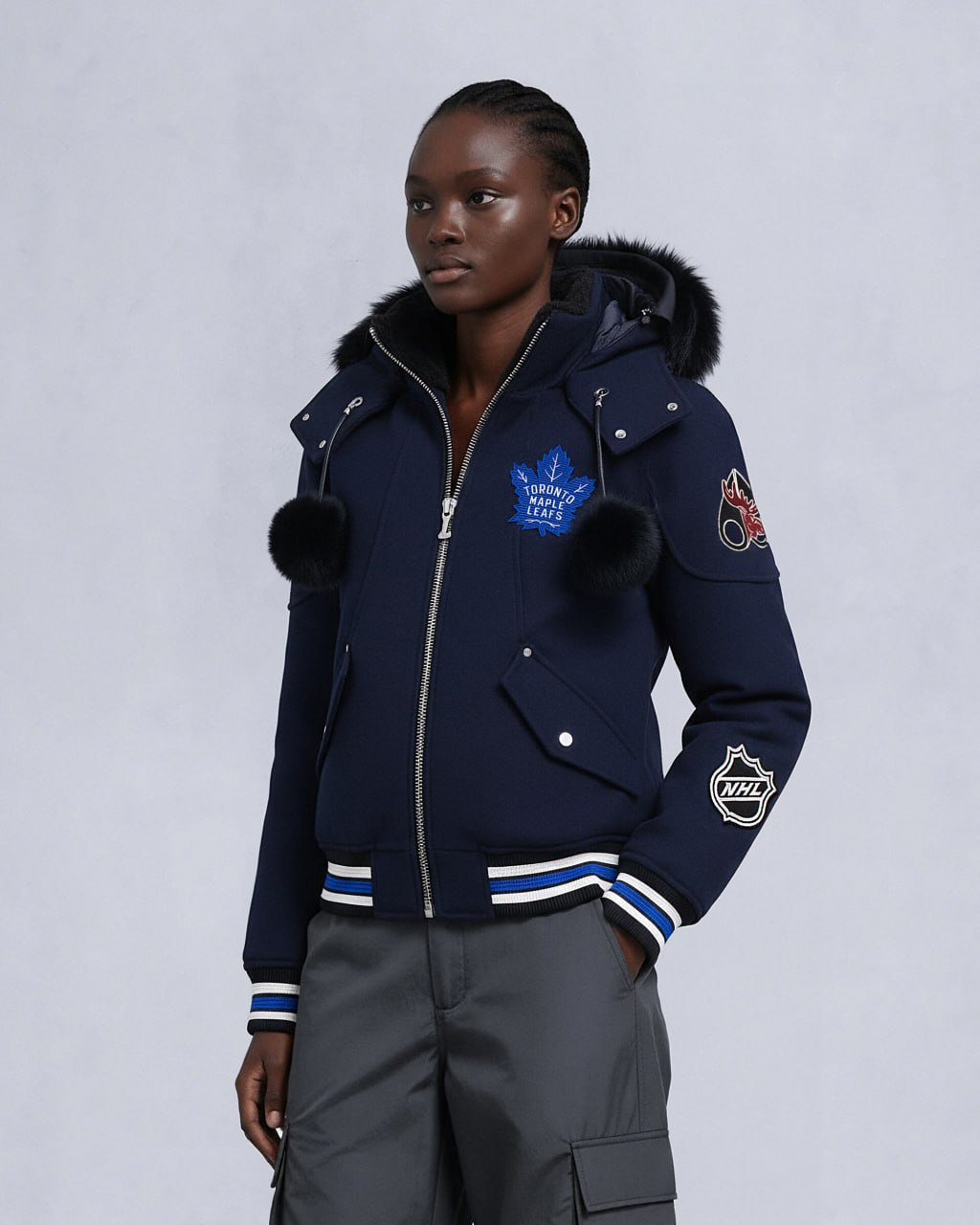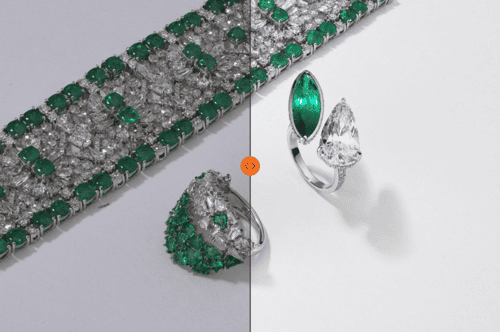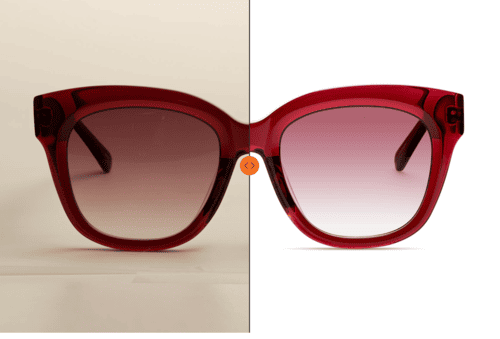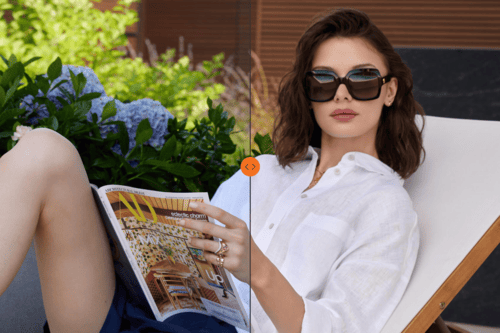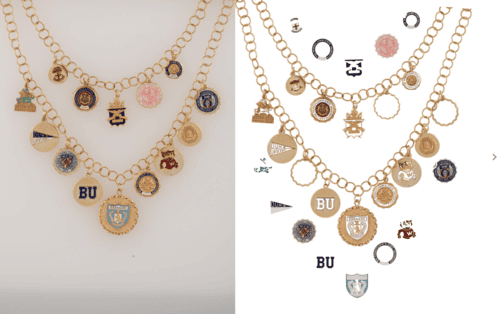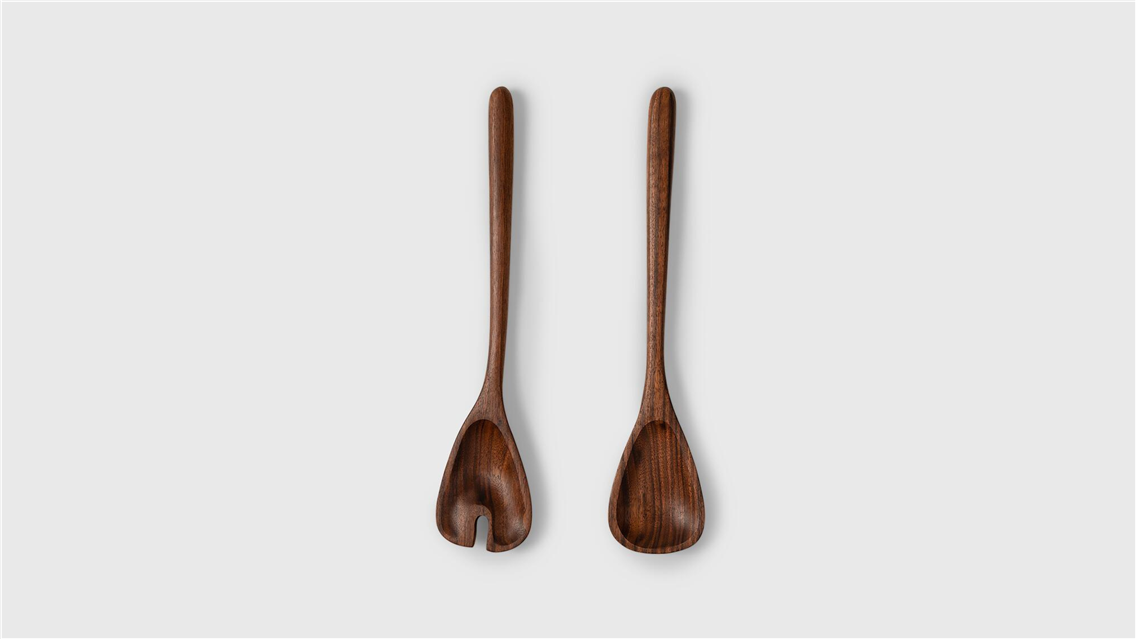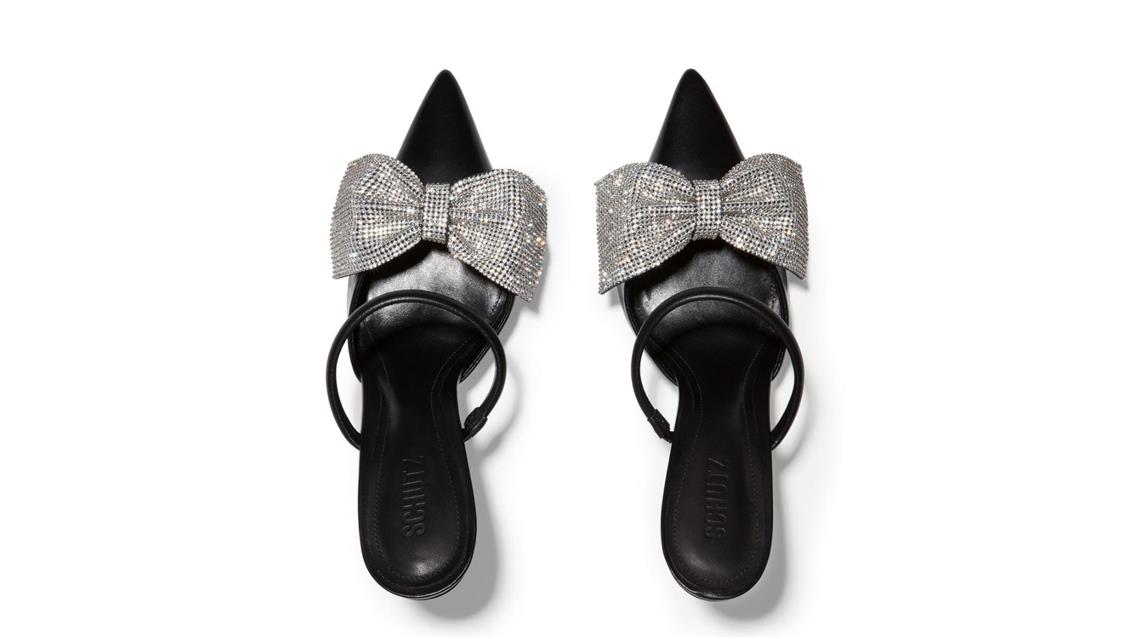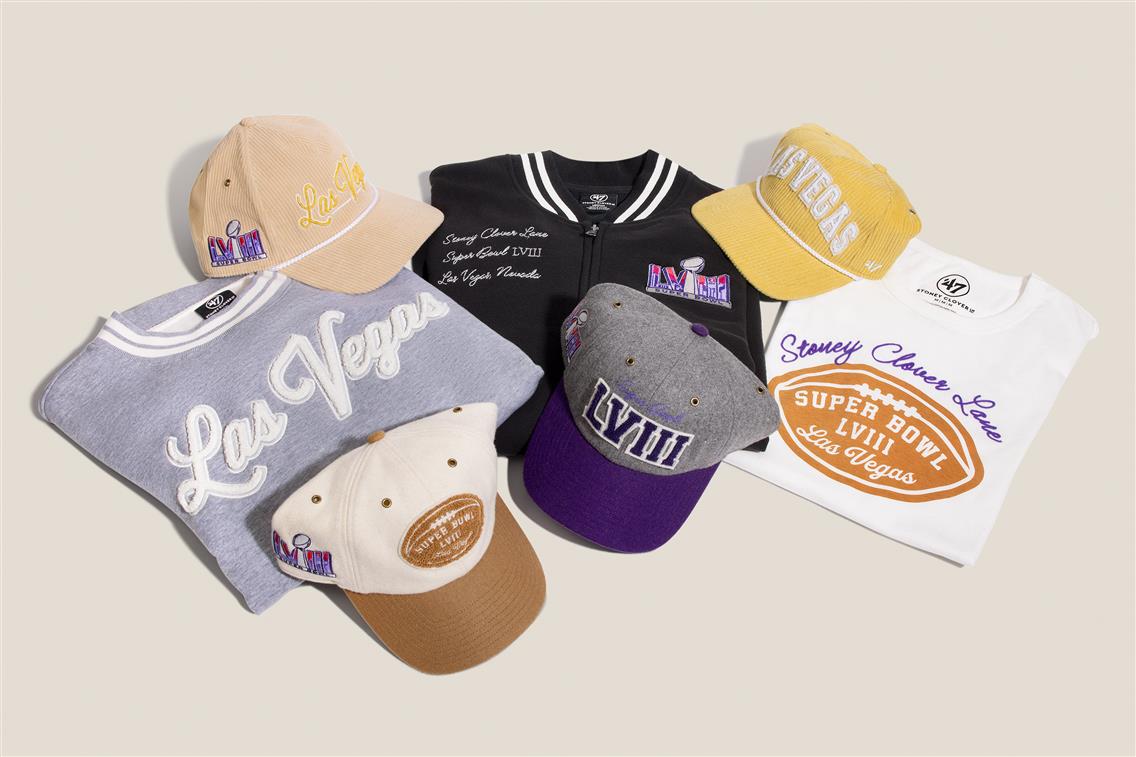The Best Social Media Strategies for Direct-to-Consumer Brands
Social media may feel chaotic, with shifting algorithms, disappearing reach, and new platform guidelines every year. But for DTC brands, it remains a critical driver of discovery, engagement, and even conversion. The question is how strategically you're using it.
What’s changed now is the level of visual competition. The same feed that scrolls past your $90 serum also showcases a $15 dupe, three influencer unboxings, and a lifestyle reel shot with cinematic flair. In that environment, your brand can't afford to post blurry behind-the-scenes photos or overused Canva templates. Social media is a marketing channel that serves as your billboard and your customer service desk all at once.

And DTC brands are uniquely positioned to win on socials. Because you control your story, your visuals, your drop dates, and your customer relationship. But that only works if you treat content production like the core business function it is, not an afterthought to "post something" by 5 p.m.
In this article, we’ll break down the content strategies that convert, the formats that outperform across platforms, and the production practices that help you scale content without sacrificing quality.
Let’s talk about what it takes to win in today’s scroll economy and how the right visuals make all the difference.
Build a Social Content Strategy That Aligns With eCommerce Goals
Too often, DTC brands jump into content creation without stepping back to ask: What are we trying to achieve, and how will this post, video, or reel move us closer to that? A proper social media strategy doesn’t start with a camera, it starts with clarity.
Define Your Business Objectives, Not Just Engagement Metrics
“More likes” isn’t a strategy. Neither is “going viral.” For DTC brands, social content must align with hard business outcomes like growing your email list, driving product page visits, increasing average order value, or reducing return rates.
For example:
- A skincare brand might focus on education to reduce churn.
- A fashion brand might prioritize lifestyle content to drive full-look sales.
- A new food product might need repetitive brand presence to become top of mind.
Every post you publish should fall under a clear strategic intent, whether it’s to convert, nurture, educate, or build awareness. This clarity is what separates scalable brands from stagnant ones.
Set Social Media Content Pillars That Reflect Brand Positioning
Think of content pillars as your brand’s “content voice.” They define the recurring themes your audience comes to expect and trust from you.
Some proven content pillars include:
- Product storytelling — What makes it different? How is it made? Who is it for?
- Behind the scenes — People love seeing how a collection comes to life.
- User lifestyle — Show the product in use, in real-world environments.
- Customer voices — Testimonials, UGC, or reshared DMs.
- Founder or team presence — Personal storytelling builds loyalty and brand depth.
Different brands’ categories will lean on these differently. A clean beauty brand may lead with transparency and formulation insights. A streetwear label might lead with visual style, community, and drops.
Your job isn’t to copy what’s working for someone else. It’s to align your content pillars with your unique customer journey, and then build visuals that support them with intention and craft.
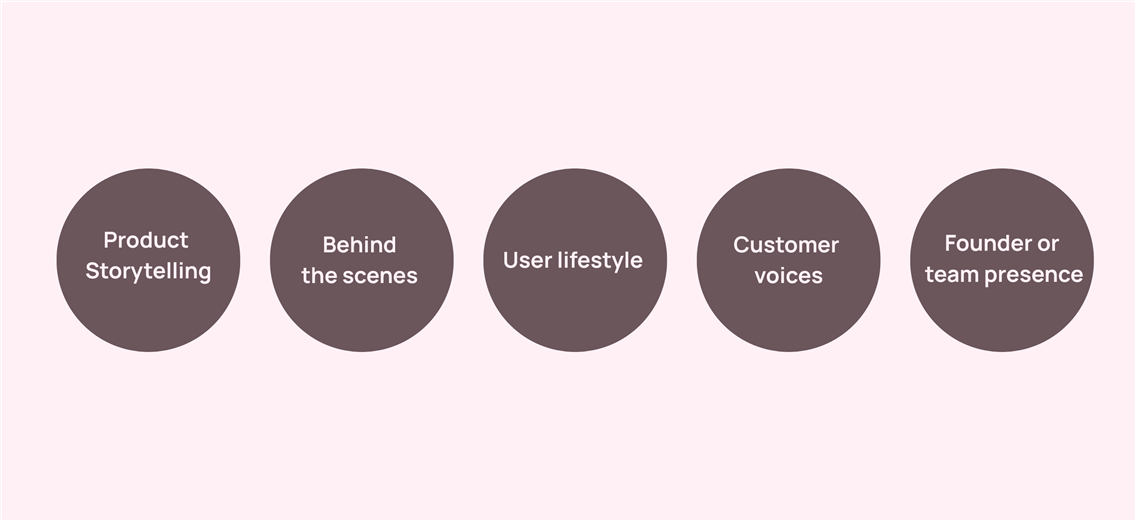
Social Media Content Types That Drive Conversions
DTC brands thrive when their content doesn’t just entertain, it convinces. It convinces someone to click, to save, to send to a friend, and eventually, to buy. And while formats shift fast, the fundamentals of persuasive content haven’t changed: clarity, emotion, and visual excellence.
Short-Form Video That Tells a Product Story
You already know short-form video dominates reach. But here’s the nuance. It’s not about posting trends. It’s about delivering your product message in a native, visual-first way.
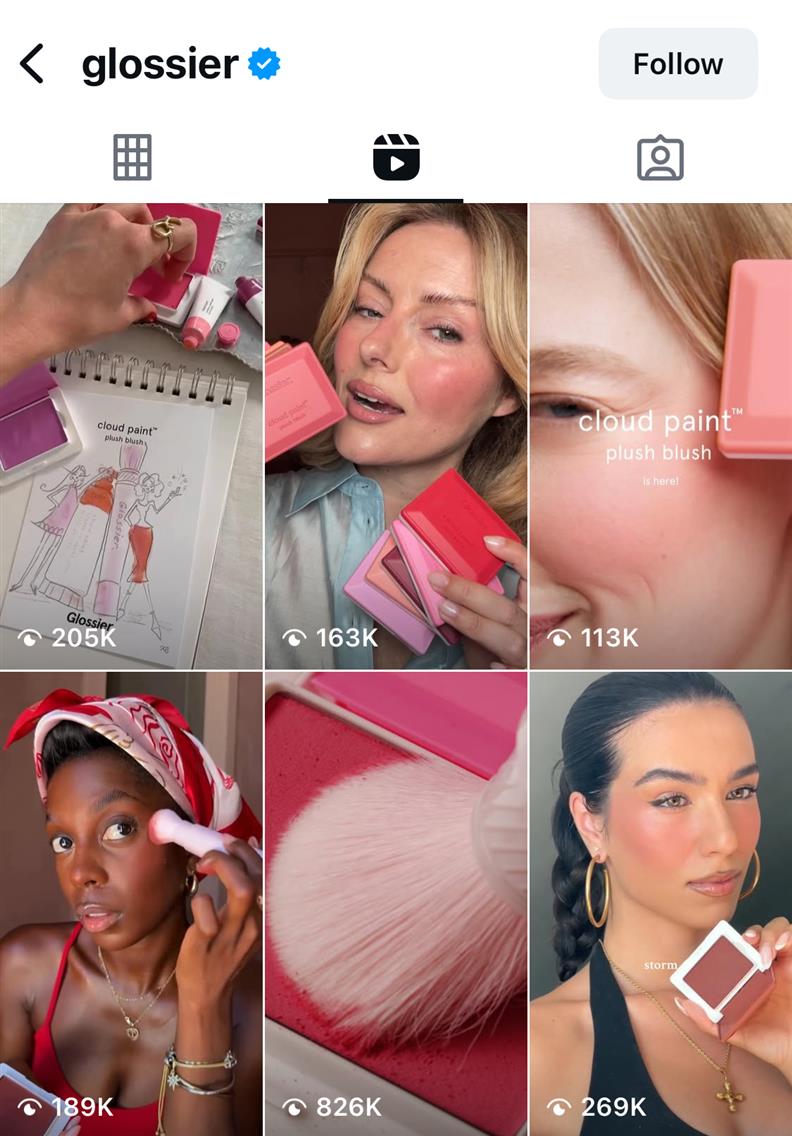 | Case in point: Glossier. Their Reels and TikToks break down a single product benefit in under 20 seconds, sometimes using founder voiceovers, lo-fi textures, but always staying on-brand. Their videos sell hydration, community, and aesthetic in one scroll-stopping format. What works:
If your product solves a problem or evokes a feeling, short-form video is your best salesperson. |
On-Model and Lifestyle Photography That Sells Emotion
E-commerce photos show the product. Social lifestyle visuals show the experience. For DTC brands in fashion, beauty, or jewelry, on-model content turns aspirational branding into scroll-stopping visuals.
Example: Mejuri. Their Instagram feed is a masterclass in lifestyle photography. Instead of just showing earrings on a white background, they showcase them on real women in elevated everyday moments with coffee, walking to work, and lounging at home. The product feels lived-in and loved. | 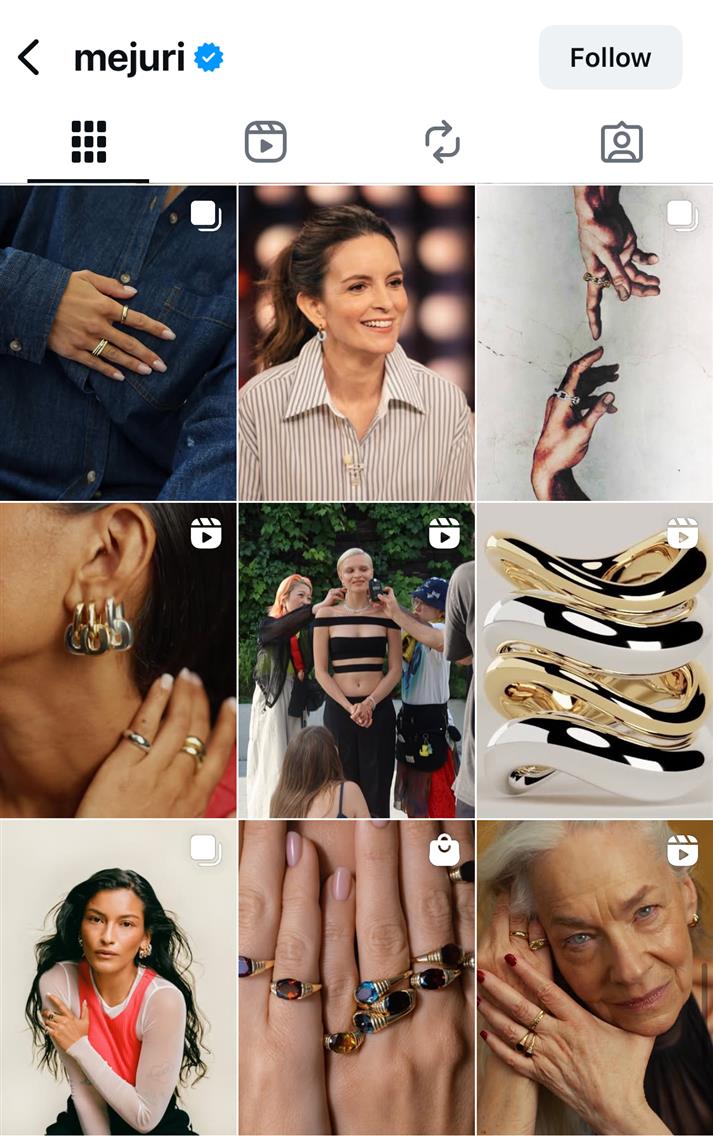 |
Stop-Motion and GIFs for Scroll-Stopping Posts
You don’t need 30 seconds to impress. A well-made 3-second stop-motion can do more than a static image ever could, especially in ad creatives or feed posts.
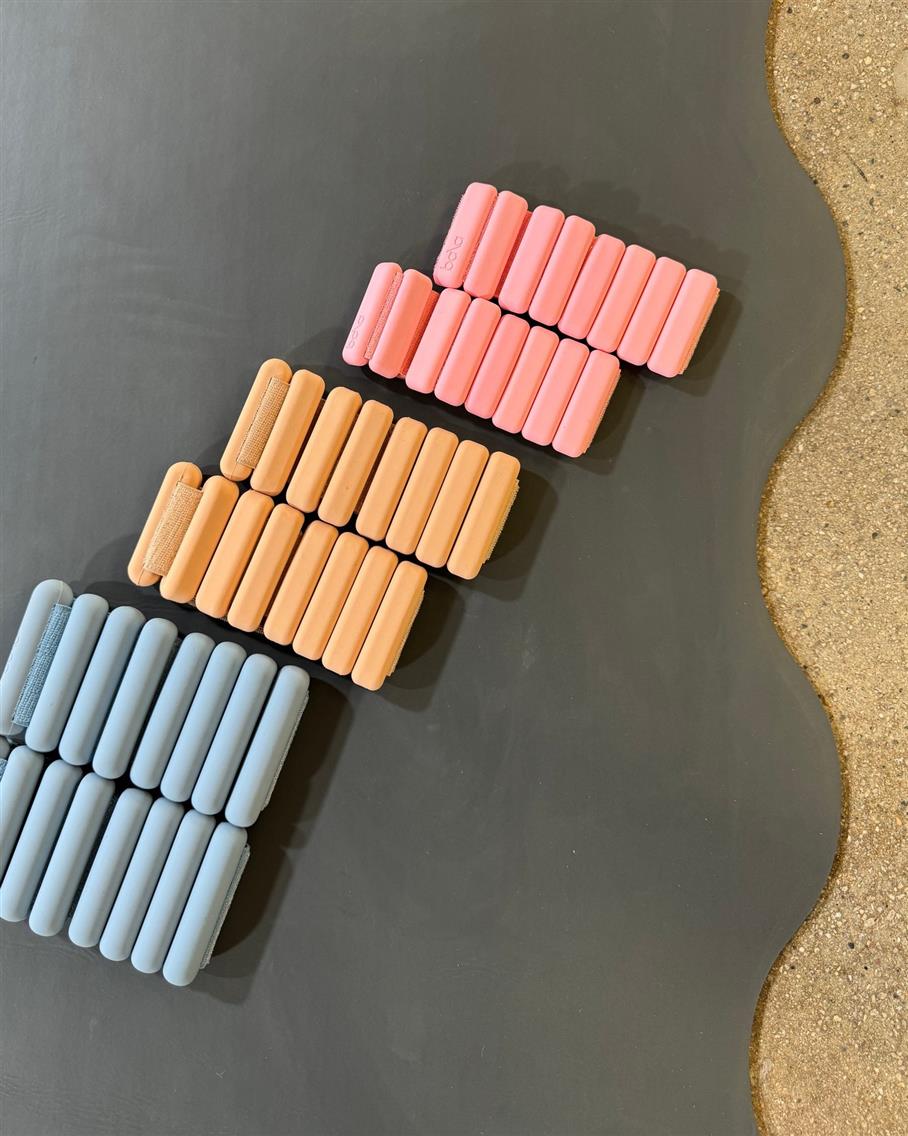 | Example: Bala. The fitness accessories brand often uses stop-motion to showcase products like their Bala Bangles in quirky, rhythmic movements. It makes the product feel dynamic, even if it’s just sitting on a table. Why it works:
Done right, this content feels playful and sharp and invites a second look. |
Creative Still Life Photography That Highlights Detail and Design
Still life allows brands to highlight craftsmanship, create mood, and speak through art direction. The trick? Composition, props, lighting, all tailored to your brand’s world.
Example: Boy Smells.
This candle and fragrance brand uses still life as visual poetry. Their Instagram features products on colored plexiglass, sculptural backdrops, or beside symbolic props (like an apple split in half or a flower in decay). It’s moody, modern, and unforgettable.
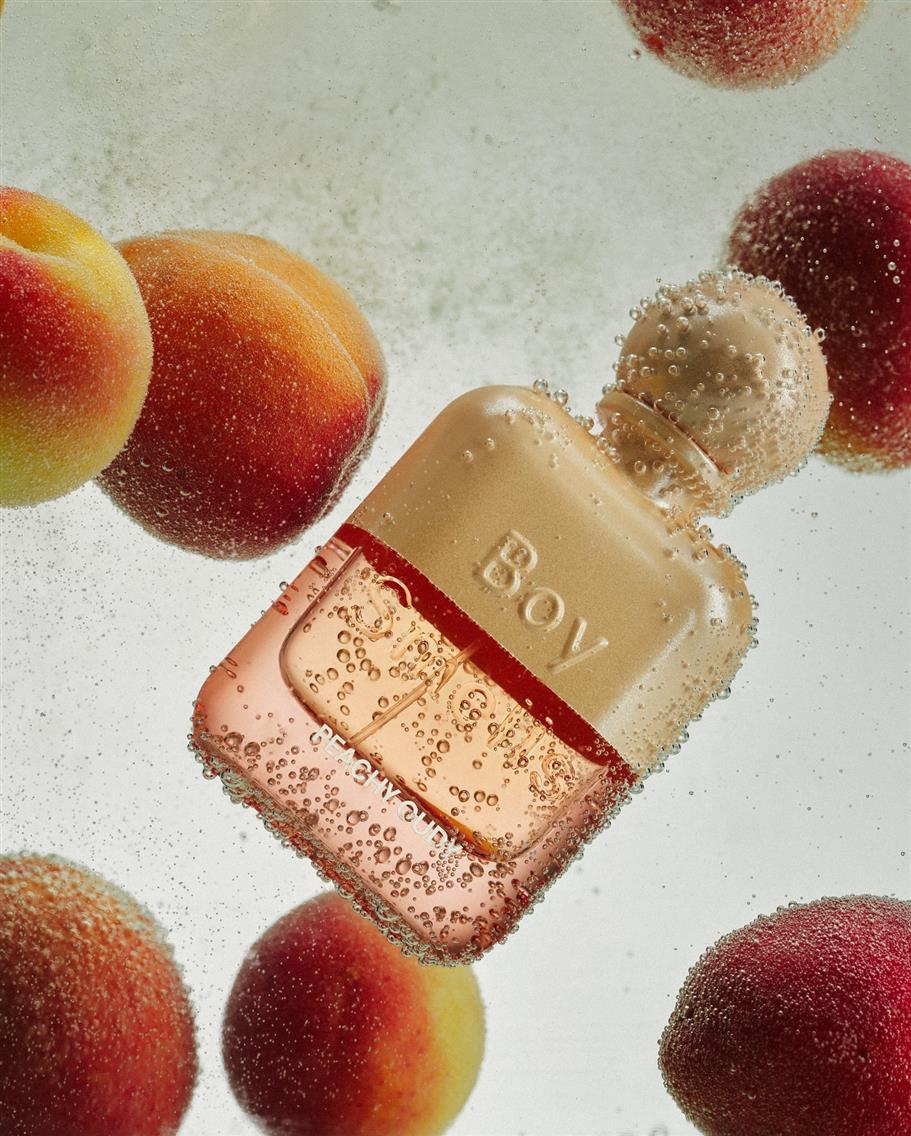
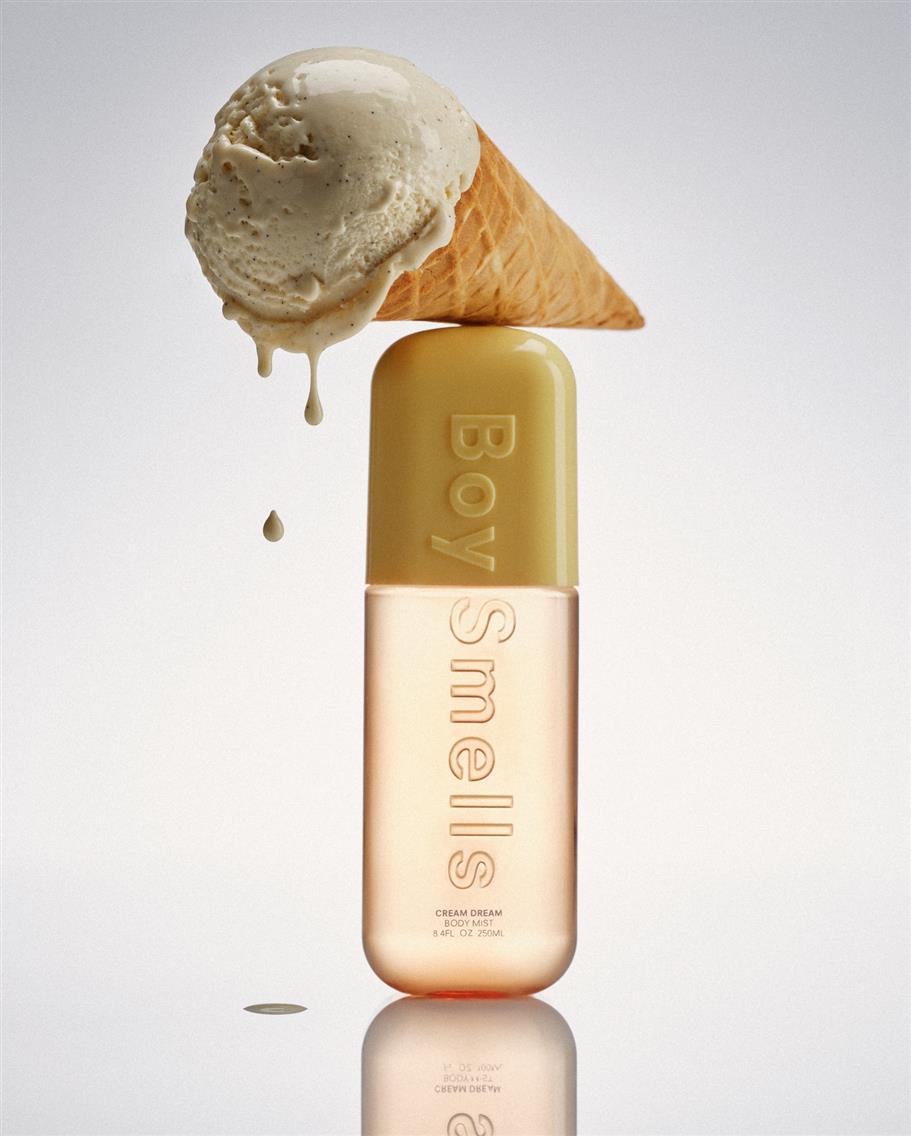
Example: Aesop.
Known for their minimalism, Aesop uses simple still life images with monochromatic props and clever shadows. The result? A brand that feels calm, controlled, and timeless, just like their product line.
When it converts best:
Still life also scales beautifully. Once you define your art direction, you can produce dozens of assets with a consistent style. And it plays well across platforms: Instagram feed, website, press kits, Pinterest, and ads. |
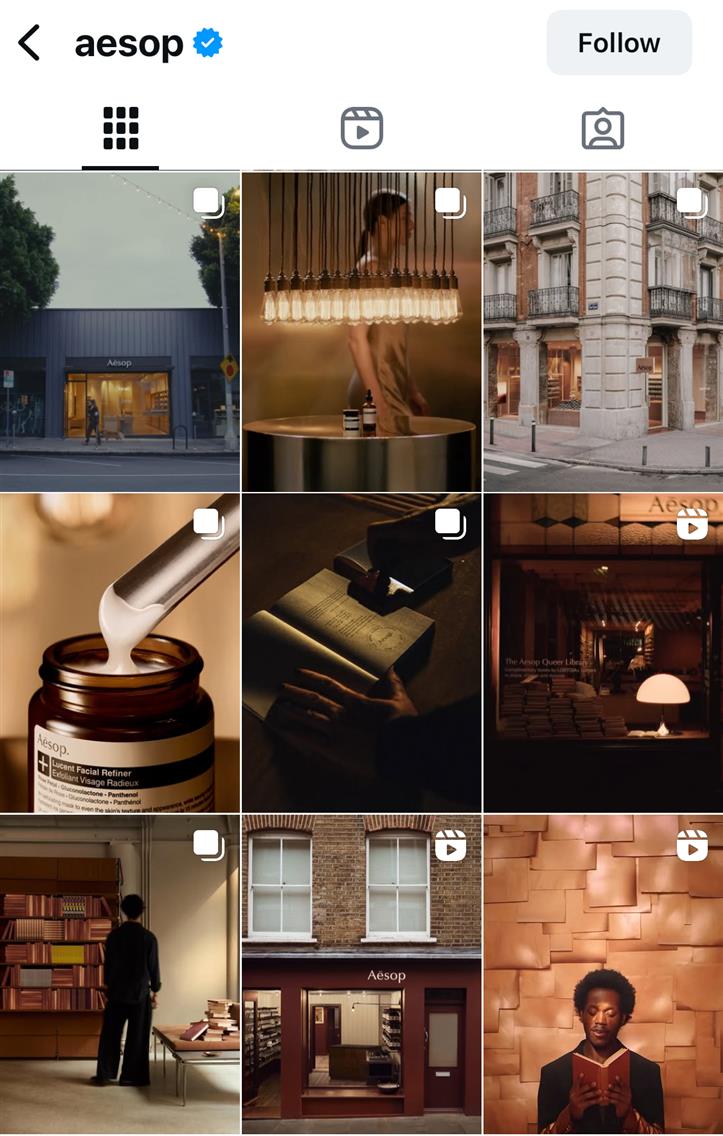 |
Platform-Specific Social Media Tips for Brands
Each platform has its own rules of engagement. What works on Instagram may flop on TikTok, and Pinterest demands a different visual mindset entirely. The best DTC brands don’t repurpose blindly, they tailor strategically.
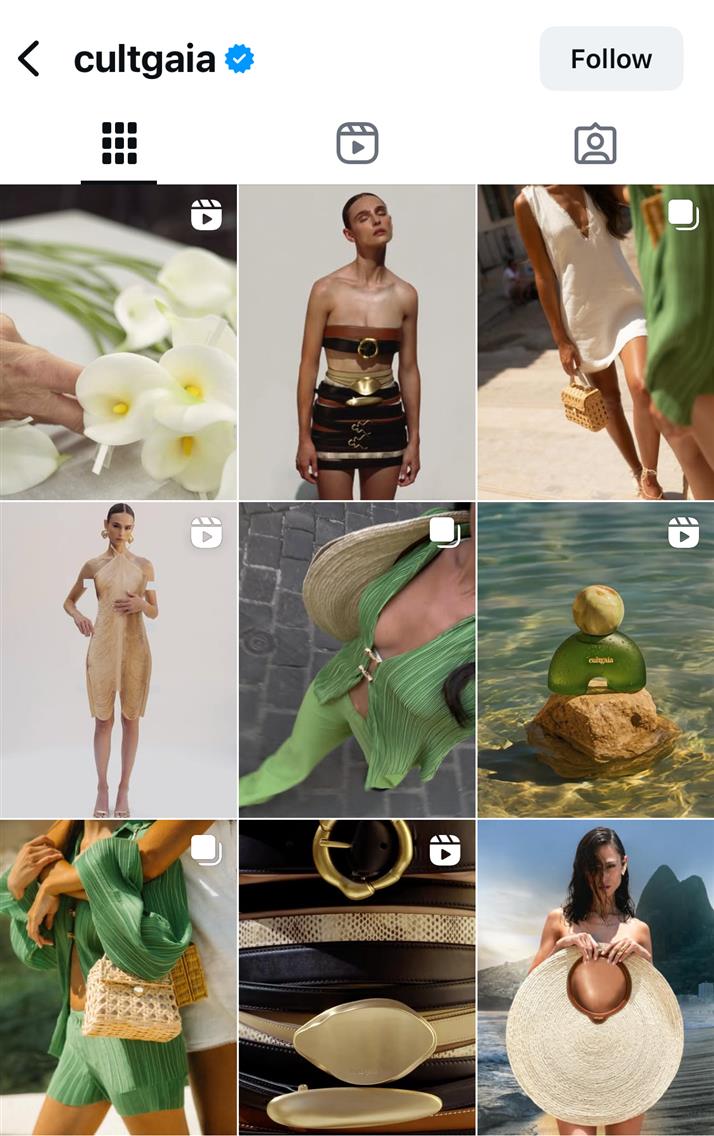 | Instagram: Aesthetic + UtilityInstagram is still your visual storefront. Use a mix of on-model lifestyle, creative still life, carousels, and Reels. Prioritize brand cohesion and consistency over quantity. Best for: fashion, jewelry, and beauty brands that thrive on editorial presence. |
TikTok: Entertainment-Led SalesTikTok favors storytelling over polish. Hook fast, deliver value (or humor), and make the product part of a narrative. Lo-fi doesn’t mean low-effort. Production still matters, just in different ways. Best for: skincare, supplements, home goods, and trend-driven categories. | 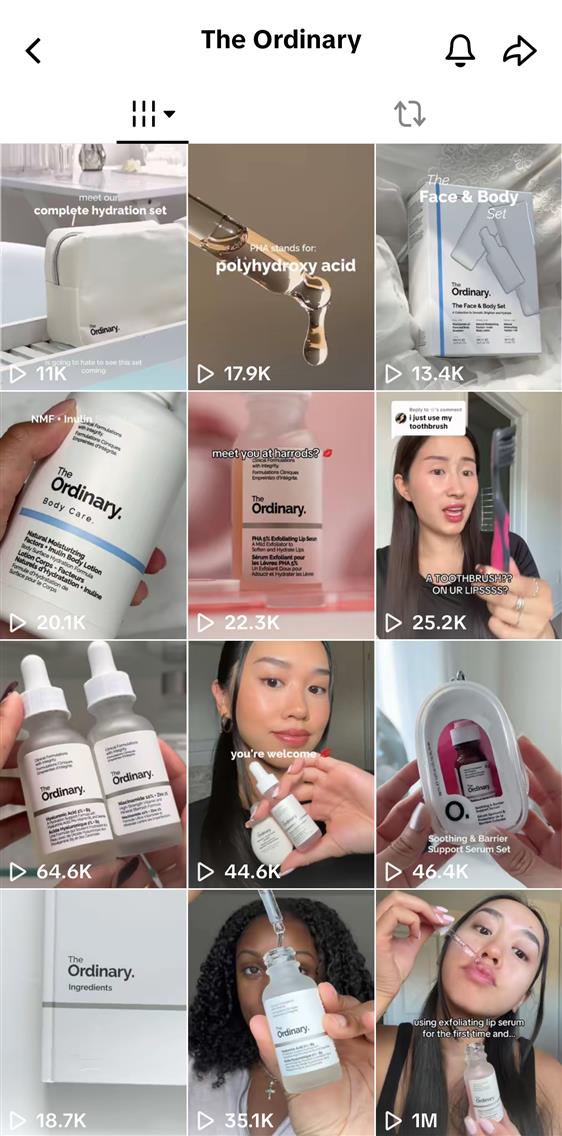 |
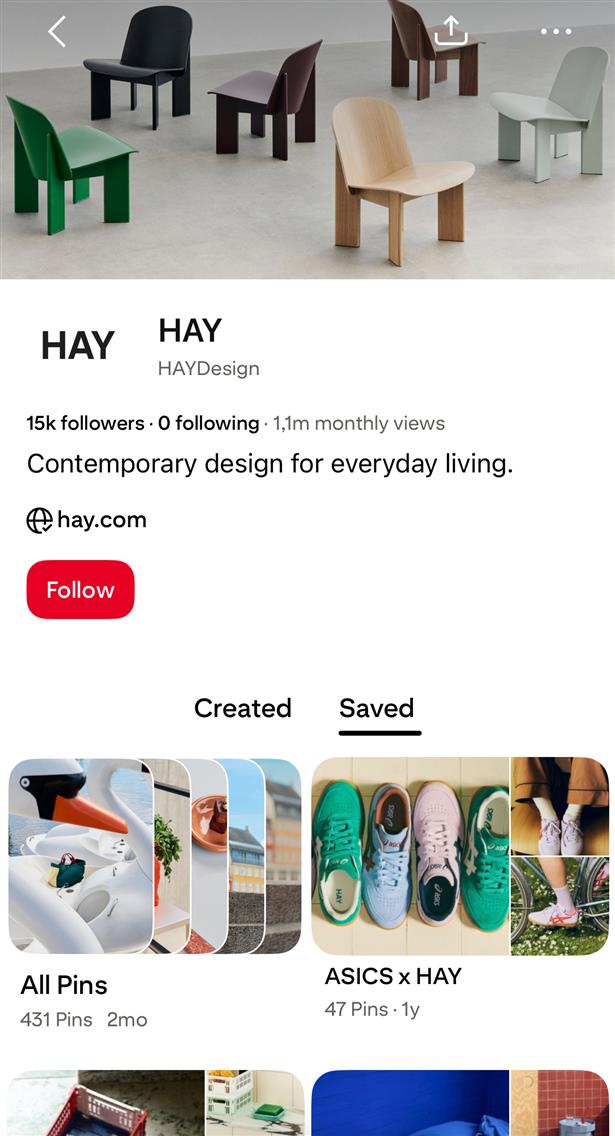 | Pinterest: Evergreen Discovery EnginePinterest is about long-tail discovery and aspirational utility. High-quality still life and lifestyle visuals perform best when paired with searchable text. It’s slow-burn SEO meets visual branding. Best for: interior, beauty, fashion accessories, gifting-focused brands. |
YouTube: Long-Form Trust Builder
Founders’ stories, tutorials, product routines, and behind-the-scenes. YouTube is where brand depth and SEO intersect. B-roll and pro editing matter. Think educational and cinematic.
Best for: premium or complex products that need explanation.
Visual Production Tips for High-Performing Social Content
Content strategy without execution is just theory. To stand out in social media feeds, your visuals must perform across multiple platforms, stay on-brand, and be easy to scale. Here's how to get there.
Use Cohesive Visual Language Across Campaigns
One of the biggest content killers? Visual inconsistency. Jumping from polished product shots to chaotic behind-the-scenes to trendy TikToks with no brand thread confuses customers and dilutes your identity.
Establish a visual system, not just a color palette, but a repeatable approach to lighting, framing, styling, and even model energy. Brands like Our Place do this brilliantly. Their pastel-forward, cozy aesthetic is instantly recognizable, whether it’s a product demo or a still-life post.

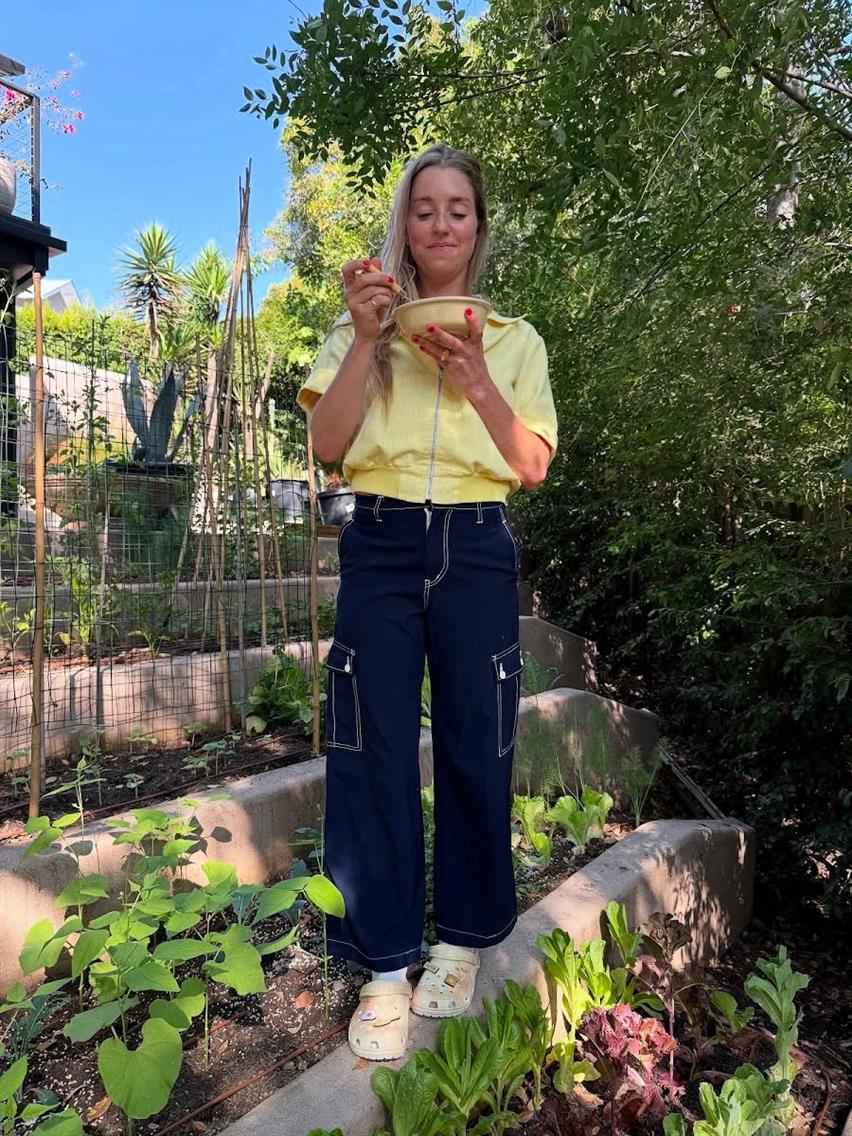
Invest in Professional Photo and Video Production
No, you don’t need a 20-person crew for every TikTok. But you do need high-quality source assets that can be adapted across formats. One professional shoot can fuel months of social content, especially when you plan for cutdowns, carousels, reels, and ads in advance.
Brands that grow fast often partner with studios like LenFlash to produce a base layer of evergreen content they can build on seasonally, campaign-wise, or reactively.
Paid Social Ads and Content Amplification for eCommerce Brands
Organic reach is great — until it’s not. At some point, every growing DTC brand needs to put paid behind its best-performing content. But here’s the catch: paid ads don’t just need more eyeballs, they need smarter assets. Great ad creative is the lever that moves your ROAS.
Turn Organic Winners Into Paid Creatives
Don’t guess what might work in ads, let your organic content guide you. Look at which Reels, carousels, pins, or TikToks got the most shares, saves, and clicks. Those are your starting points.
But don’t just boost. Refine. That means:
- Tighter hooks in the first 3 seconds
- Clearer CTA placement
- Shorter duration with faster pacing
- Stronger framing (no fuzzy backgrounds or off-brand edits)
Creative Testing Is Only As Good As the Assets You Have
You can’t A/B test what you don’t have. The secret weapon of performance marketers is visual asset variety. Different angles, lighting, talent, background, and format. That’s what enables iterative testing and scaling what works. That’s also why brands work with LenFlash:
With us, you can get agile content kits that include:
- Lifestyle photos
- Catalog verticals for Reels/TikTok
- Creative still life for carousels
One shoot → multi-platform presence → optimized performance.
Tracking ROI on Social Media Visuals
Posting content is easy. Knowing if it’s actually working is where most brands stumble. Tracking the right metrics helps you separate what's just "pretty" from what persuades, converts, and scales.
Conversion-Oriented Metrics to Watch
Social media can (and should) drive revenue, not just awareness. But to prove ROI, you need to go beyond likes and shares. Focus on:
- Click-Through Rate (CTR): Are your visuals and hooks pulling people to click?
- Conversion Rate (CVR): Once they land, do they buy?
- Cost per Acquisition (CPA): Are your paid visuals efficient?
- Return on Ad Spend (ROAS): Are you generating more than you’re spending?
- Repeat Views & Saves: Signals of strong interest and brand stickiness.
The right visuals reduce bounce rate, build trust, and make your funnel more efficient at every stage.
If you’ve made it this far, you already know: content is a core part of your business growth. The visuals you put out shape how your customers perceive you, trust you, and buy from you. But executing consistently across platforms, formats, and campaigns takes more than a phone and a Canva template. It takes a partner who understands both the creative and the commerce side of your brand.
